How Regular Maintenance Can Increase Your Property's Value Over Time
10 December 2024
Owning a property is a significant investment—probably one of the biggest you'll ever make, right? Naturally, you’d want to do everything possible to protect and grow its value over time. But here’s the catch: you can’t just sit back and hope the market does all the work. Sure, neighborhoods may flourish, and demand may spike, but nothing beats good ol’ fashioned upkeep when it comes to boosting your property’s worth.
Regular maintenance isn’t just about keeping your home from falling apart; it's about making sure it shines as much ten years later as it did the day you bought it—or maybe even more. Let’s dive into why rolling up your sleeves (or hiring someone else to) can pay big dividends for your property’s value down the road.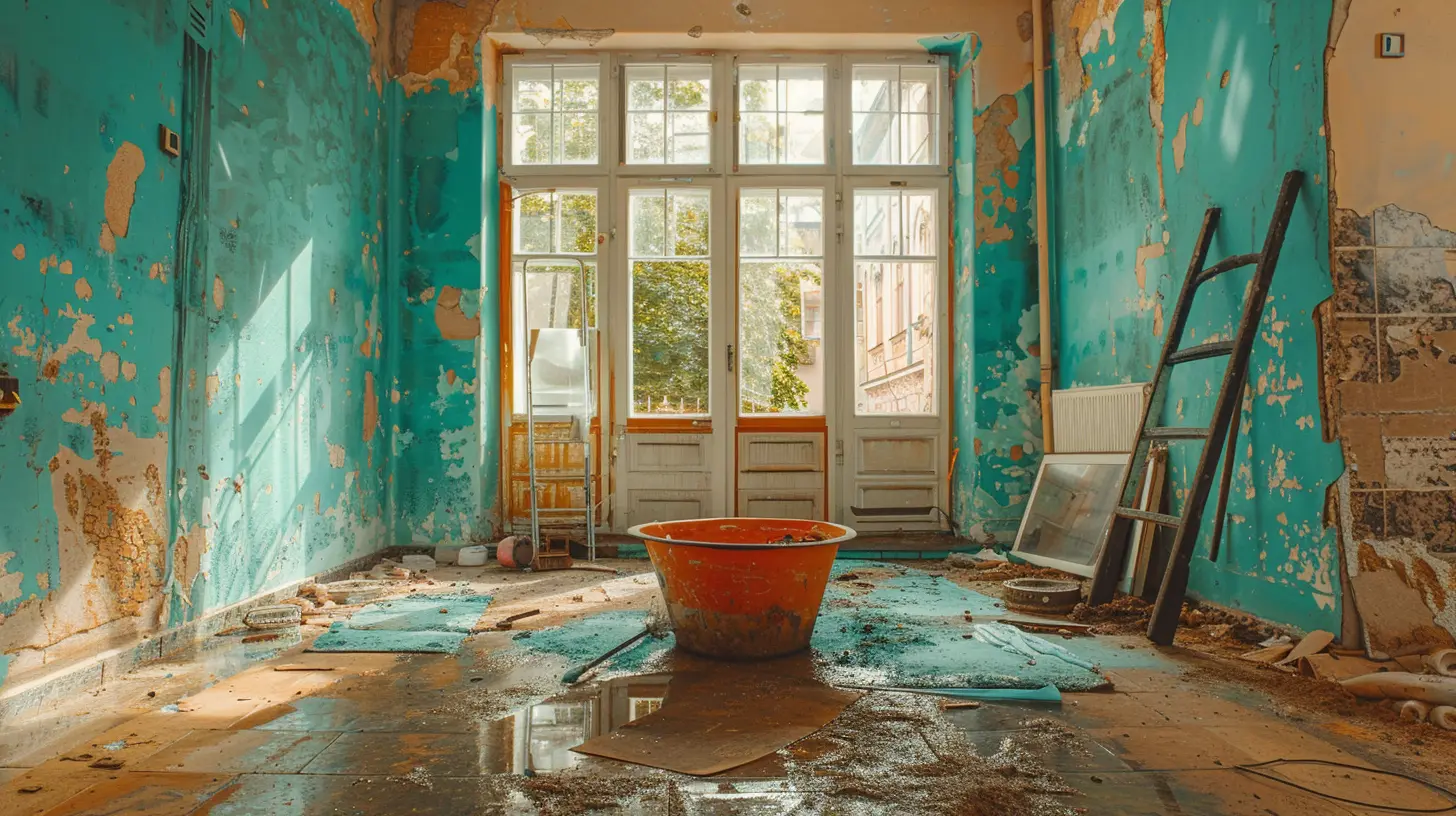
The Secret Sauce: Why Maintenance Matters
Here’s the deal: neglect a property, and it will show. A cracked driveway, peeling paint, or a leaky roof isn't just a cosmetic issue—these things scream, "I haven’t been taken care of!" Buyers can sense when a property has been loved versus when it’s been left to fend for itself.Think of it like a car. If you never change the oil, replace the tires, or clean it, the resale value plummets. Your home works the same way. Keeping up with regular maintenance not only prevents costly repairs but also helps maintain (and even increase) its market value. Plus, it can give you peace of mind knowing your investment is in top shape.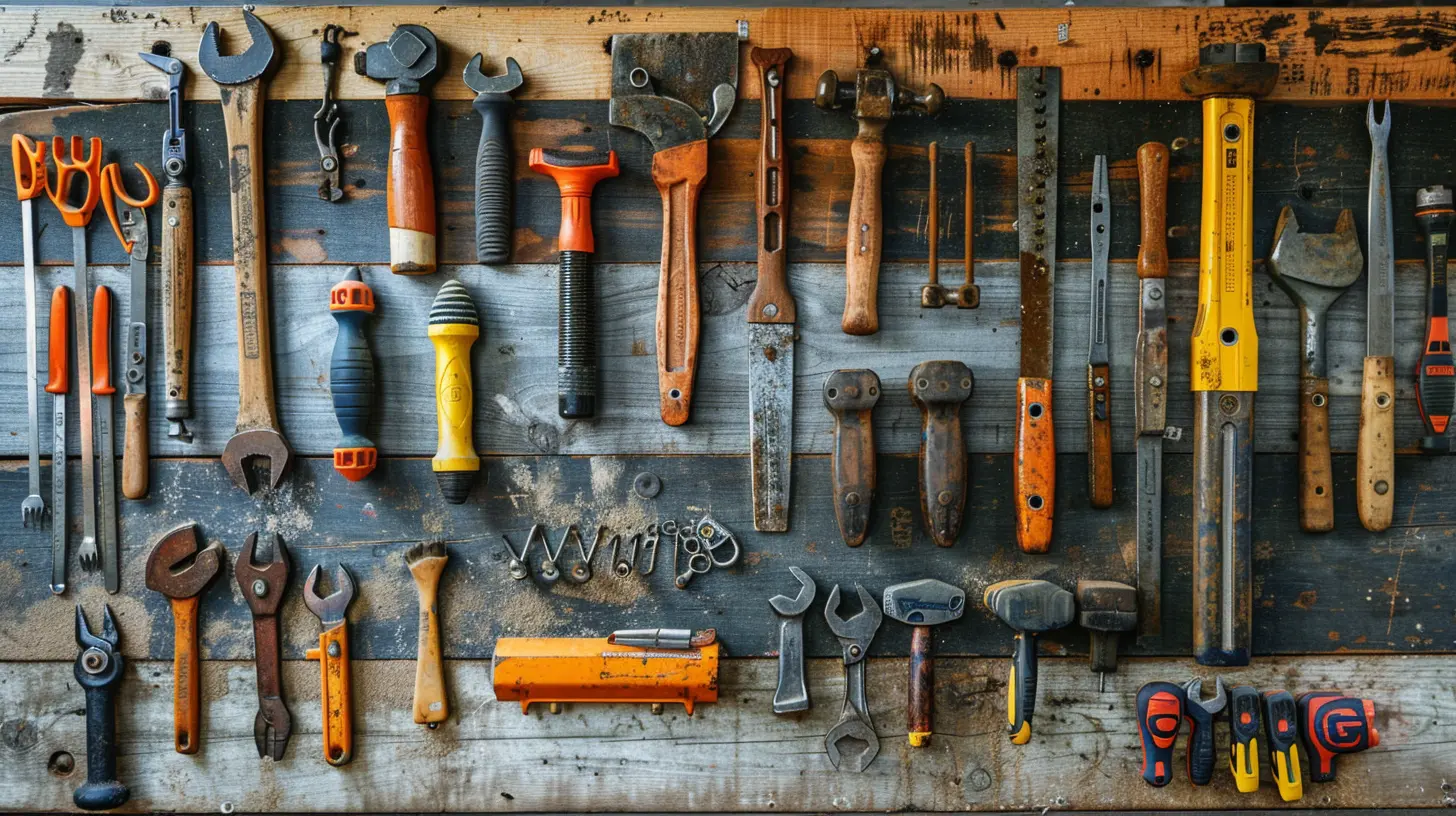
First Impressions Are Everything: Curb Appeal Counts
Picture this: a potential buyer pulls up to your home. What’s the first thing they see? The exterior, of course. Like it or not, curb appeal can make or break a property’s perceived value. A well-maintained lawn, fresh paint, and clean gutters can take your property from “meh” to “wow” in seconds.Small Touches Make a Big Difference:
- Landscaping: Keeping the lawn mowed, planting flowers, and trimming bushes can increase perceived value by up to 15%! Like magic, right?- Exterior Repairs: Fixing cracks in the driveway, cleaning siding, or painting the front door are relatively inexpensive but highly impactful changes.
- Lighting: Outdoor lighting doesn’t just add to safety; it can create a cozy, inviting atmosphere that screams, “This house is cared for!”
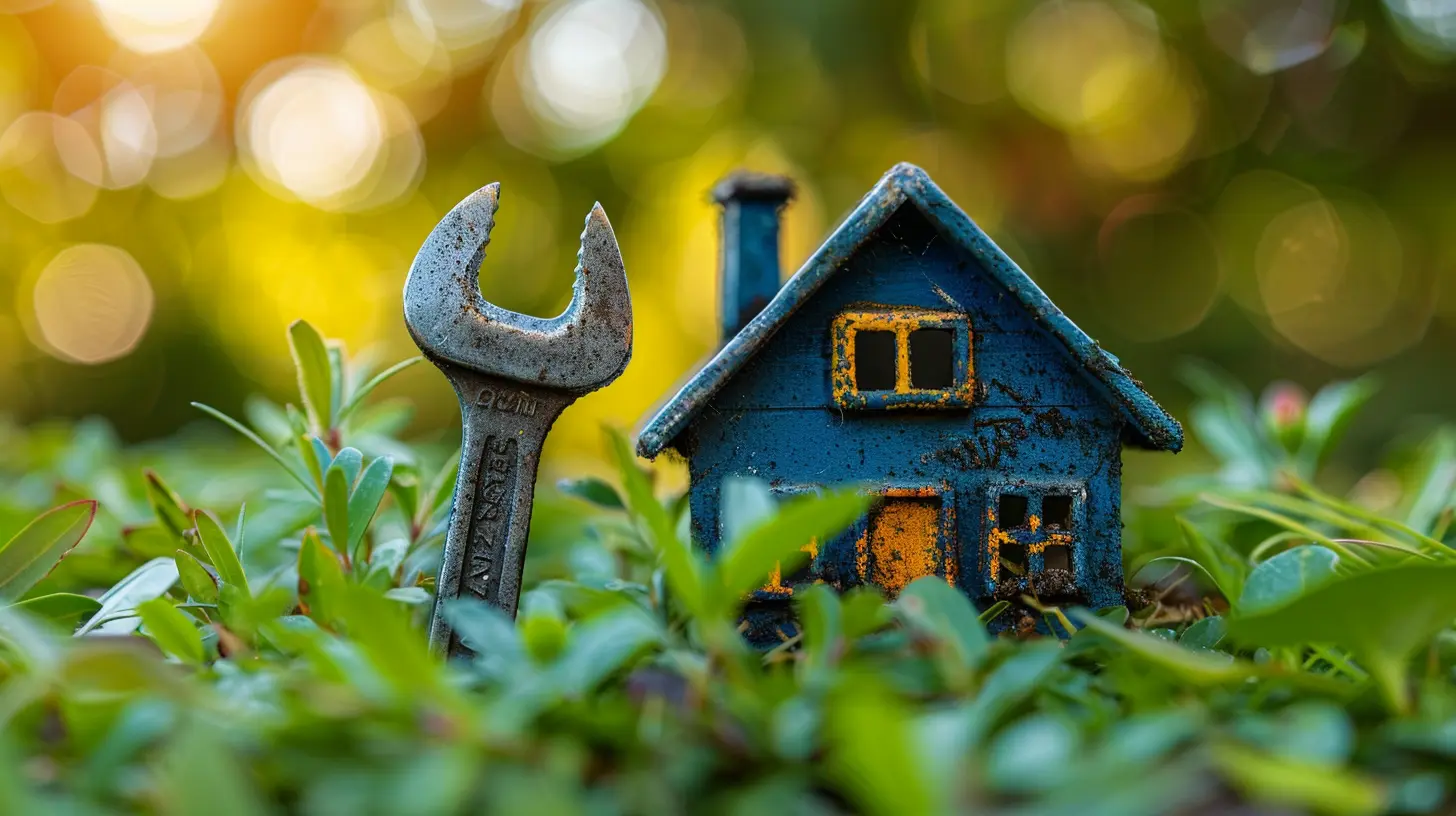
Preventative Maintenance: Address Small Problems Before They Snowball
Let’s face it—problems don’t fix themselves. A tiny roof leak today can turn into a full-blown disaster tomorrow. That’s why preventative maintenance is your best friend.Areas to Keep on Your Radar:
1. Roofing: Inspect it annually and replace broken shingles. Roof repairs may seem pricey, but ignoring them will cost way more in the long run.2. HVAC Systems: Change filters regularly and have the heating/cooling systems serviced at least once a year. No buyer wants to purchase a property with a busted AC unit in the middle of summer.
3. Plumbing: Look out for leaky faucets, running toilets, and slow drains. If left unchecked, water damage can wreak havoc on your home.
Think of your home like your health. Regular check-ups keep things running smoothly and catch issues before they become major headaches.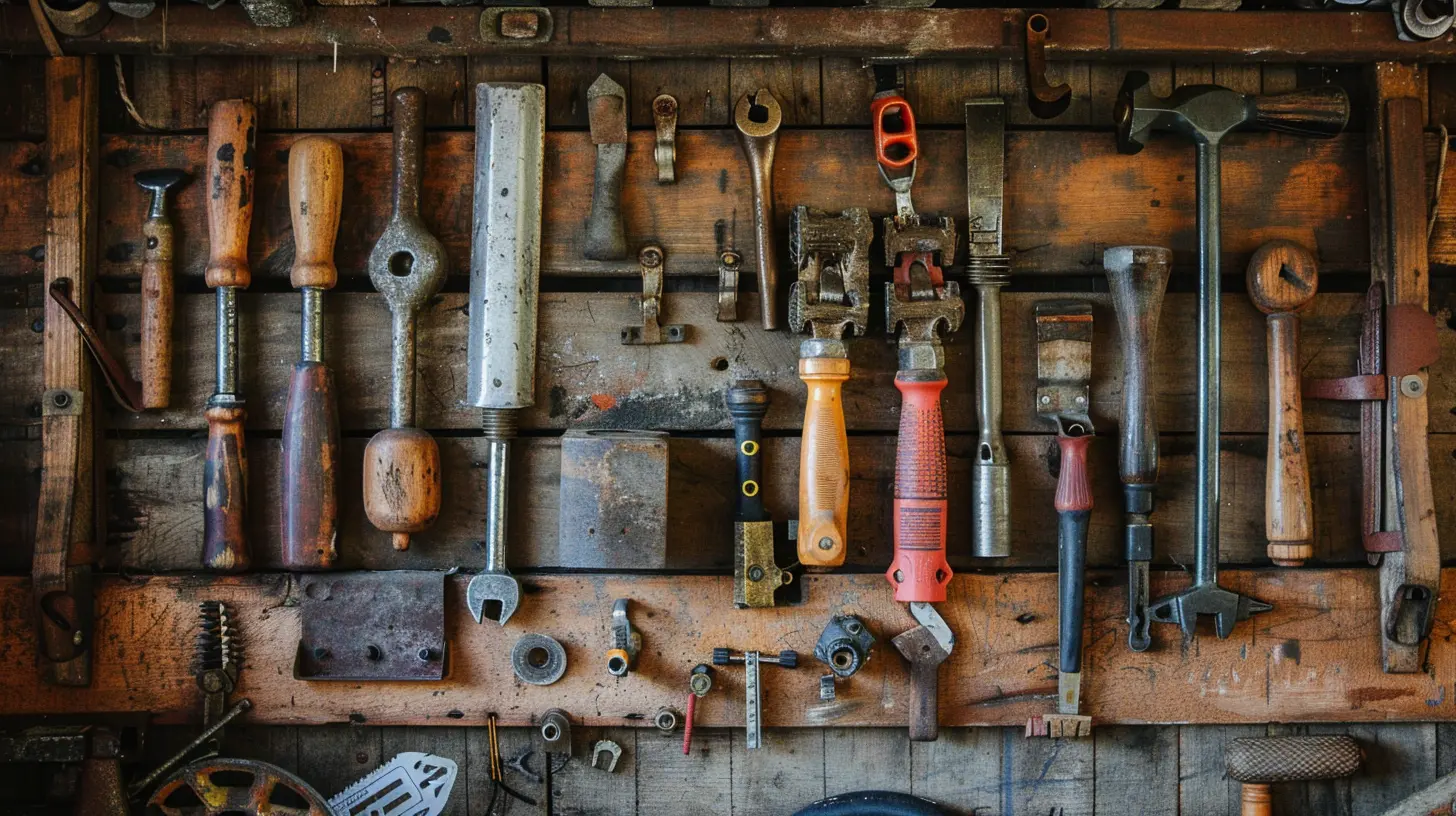
Energy Efficiency: The Hidden Value Booster
Who doesn’t love to save money on energy bills? Investing in energy-efficient upgrades not only reduces your monthly costs but also makes your property more appealing to environmentally-conscious buyers. It’s a win-win!Smart Energy-Saving Upgrades:
- Windows and Insulation: Proper sealing and insulation can slash energy costs. (And let’s be real, nobody likes drafty winters.)- Appliances: Replacing old appliances with energy-efficient models can modernize your kitchen or laundry room while cutting down on utility bills.
- Lighting: Swapping out traditional bulbs for LEDs is an inexpensive way to reduce energy usage and brighten up your home.
Eco-friendly homes are trending, and buyers are often willing to pay a premium for properties that are kind to the environment.
Interior Upgrades: The Handsome Payoff of Regular Care
When it comes to maintaining—and increasing—your property’s value, don’t underestimate the power of interior maintenance. The inside of your home should look (and feel) just as good as the outside.Key Areas to Focus On:
1. Walls and Flooring: Repainting every few years and keeping flooring in good condition can make your home feel fresh and updated. Think of it like giving your home a haircut—it feels brand new!2. Kitchen and Bathrooms: These rooms are deal-breakers for potential buyers. Small improvements, like replacing cabinet hardware or re-grouting tile, can make a huge difference.
3. Clutter and Cleanliness: Yes, even tidiness matters. A clean and organized home is more inviting and feels well cared for.
Maintaining the interior is like dusting off a trophy—it keeps your space sparkling and shows off its full potential.
The Financial Argument: Spend Now to Reap Later
I get it—maintenance costs money. But here’s the thing: letting problems build up is WAY more expensive than fixing them early. For example, ignoring a dripping faucet could eventually lead to water damage, requiring thousands of dollars in repairs. Spending a little now saves you a lot later.Not to mention, a well-maintained property often sells faster and for more money. A 2019 study by the National Association of Realtors found that sellers recoup 70%-100% of the cost of key maintenance projects like roof repairs when they sell. So, consider maintenance an investment, not an expense.
A DIY Approach Versus Hiring the Pros
Now, you might be wondering, “Do I need to hire someone for everything?” Well, not necessarily. While some projects (like electrical work) require a pro, many maintenance tasks can be tackled on your own with a little effort and know-how.When to Go DIY:
- Touching up paint- Cleaning gutters
- Replacing air filters
When to Call in the Experts:
- Roof repairs- HVAC servicing
- Structural issues
The key is knowing your limits. If you mess up a DIY project, it might cost more to fix than if you’d hired someone in the first place. Be honest with yourself—no shame in calling for backup!
Keeping a Maintenance Schedule: Consistency is Key
Life gets busy, and let’s be real—it’s easy to forget about home maintenance when there’s no immediate issue staring you in the face. That’s why sticking to a maintenance schedule is so important.Seasonal Checklist:
- Spring: Clean gutters, check for roof damage, and service your AC.- Summer: Maintain landscaping and inspect windows/doors for leaks.
- Fall: Clean chimneys, rake leaves, and prep for colder weather.
- Winter: Check for drafts and monitor for ice dam formation.
Setting reminders on your phone or calendar can keep you on track. A little effort every few months is way easier (and cheaper!) than dealing with major problems later.
The Long-Term Payoff: A Home That Ages Gracefully
Think of regular maintenance as the fountain of youth for your property. Sure, it takes a bit of work and money upfront, but the benefits far outweigh the costs. Not only will your home look great and function properly, but it’ll also fetch top dollar if you ever decide to sell. And who wouldn’t want that?Remember, your property is an investment—treat it like one. Give it the care it needs, and it’ll pay you back tenfold in the future.
all images in this post were generated using AI tools
Category:
Property MaintenanceAuthor:

Vincent Clayton
Discussion
rate this article
19 comments
Clover Cruz
Great article! Regular maintenance is essential for preserving and enhancing property value. It's amazing how small, consistent efforts can lead to significant returns over time. Thanks for sharing these valuable insights!
March 28, 2025 at 3:23 AM

Vincent Clayton
Thank you for your thoughtful comment! I'm glad you found the insights valuable. Regular maintenance truly makes a big difference in property value.
Sylvan Forbes
Regular maintenance not only preserves property condition but also enhances its long-term market appeal significantly.
February 24, 2025 at 12:35 PM

Vincent Clayton
Absolutely! Regular maintenance is key to retaining property value and attracting potential buyers.
Nancy McFarlane
Think of regular maintenance as a spa day for your home! Just like us, a little TLC can boost property beauty and value. So, grab that paintbrush and let’s pamper our houses—because even homes deserve a makeover!
February 5, 2025 at 9:17 PM

Vincent Clayton
Absolutely! Regular maintenance is key to enhancing both the beauty and value of your property—just like a spa day revitalizes us!
Runeveil McIlroy
Prevention pays off big!
February 1, 2025 at 12:03 PM

Vincent Clayton
Absolutely! Regular maintenance not only preserves property value but can also enhance it significantly over time.
Jillian Reynolds
Great insights! Regular maintenance truly is key to enhancing and preserving property value. Thank you!
January 29, 2025 at 3:54 AM

Vincent Clayton
Thank you! I'm glad you found the insights helpful. Regular maintenance really does make a big difference in property value.
Misty Morrow
Regular maintenance is essential for enhancing property value. It not only prevents costly repairs but also improves curb appeal, attracts quality tenants, and ensures compliance with regulations, ultimately leading to higher market demand.
January 24, 2025 at 8:44 PM

Vincent Clayton
Absolutely! Regular maintenance is key to boosting property value by preventing repairs, enhancing appeal, and attracting quality tenants.
Carmel Pope
Regular maintenance is essential for preserving property value. It not only prevents costly repairs but also enhances curb appeal and overall functionality. Investing time and resources into upkeep pays off in the long run, creating a lasting impression on potential buyers.
January 20, 2025 at 9:59 PM

Vincent Clayton
Absolutely! Regular maintenance is a key investment that boosts property value by preventing costly repairs and enhancing appeal, making it attractive to potential buyers.
Margaret Mullen
Regular maintenance not only preserves your property's condition but also enhances its market appeal. Investing in timely repairs and upgrades can significantly boost long-term value, ensuring a higher return on investment.
January 17, 2025 at 4:39 AM

Vincent Clayton
Absolutely! Regular maintenance is essential for maintaining property value and market appeal. Timely repairs and upgrades can lead to significant long-term returns on investment.
Elizabeth McClain
Great insights! Regular maintenance truly plays a crucial role in preserving and enhancing property value. Investing time and resources in upkeep can yield significant long-term returns for homeowners. Thank you for sharing!
January 14, 2025 at 8:58 PM

Vincent Clayton
Thank you for your thoughtful comment! I completely agree—regular maintenance is key to maximizing property value. Glad you found the article helpful!
Zayden Elliott
Great article! Regular maintenance is essential for maximizing property value. It's a smart investment that pays off in the long run. Keeping up with repairs and improvements truly enhances appeal and increases market worth. Keep up the good work!
January 10, 2025 at 9:59 PM

Vincent Clayton
Thank you for your kind words! I'm glad you found the article helpful. Regular maintenance really does make a significant difference in property value!
Lulu Johnson
How much value can maintenance really add?
January 7, 2025 at 4:22 AM

Vincent Clayton
Regular maintenance can significantly enhance your property's value by preventing costly repairs, improving curb appeal, and ensuring optimal functionality, ultimately making it more attractive to potential buyers.
Nico Bellamy
Great insights! Regular maintenance not only preserves value but also enhances curb appeal, attracting potential buyers and boosting resale prices.
December 30, 2024 at 1:07 PM

Vincent Clayton
Thank you for your feedback! I'm glad you found the insights valuable. Regular maintenance truly plays a crucial role in enhancing both value and appeal.
Angie Lee
Great insights! Regular maintenance not only preserves your property's value but also enhances its appeal. Investing time and effort now will pay off tremendously in the future—keep up the great work!
December 26, 2024 at 8:54 PM

Vincent Clayton
Thank you! I appreciate your feedback and couldn’t agree more—consistent maintenance truly pays off in the long run.
Nym Price
Great insights! Regular maintenance truly pays off in the long run. It not only enhances property value but also creates a comfortable, welcoming home. Thank you for sharing!
December 22, 2024 at 11:30 AM

Vincent Clayton
Thank you for your thoughtful comment! I'm glad you found the insights valuable. Regular maintenance is indeed key to both property value and comfort.
Azriel Warren
Regular maintenance not only preserves value but also ensures a thriving, welcoming home for years!
December 18, 2024 at 1:00 PM

Vincent Clayton
Absolutely! Regular maintenance is key to enhancing both property value and overall comfort in your home. Thank you for your insightful comment!
Kian McGuire
Think of your property as a pampered cat – a little grooming, some playful tinkering, and voilà! Just like feline charm, regular maintenance adds sparkle to your property’s value. Remember, even the fanciest catnip can’t compete with a well-maintained home! 🐾🏡
December 15, 2024 at 12:15 PM

Vincent Clayton
Great analogy! Just like a pampered cat, consistent care and maintenance truly enhance a property's charm and value. 🐾🏡
Sable Franco
Invest in care, reap rewards.
December 12, 2024 at 8:10 PM

Vincent Clayton
Absolutely! Regular maintenance not only preserves your property but also enhances its value in the long run. Investing in care truly pays off.
Victor Lozano
Regular maintenance is crucial for preserving and enhancing property value. Small investments in upkeep, such as timely repairs and aesthetic improvements, can yield substantial returns. Prioritizing maintenance not only attracts potential buyers but also fosters long-term appreciation in a competitive market.
December 12, 2024 at 3:24 AM

Vincent Clayton
Absolutely! Consistent maintenance is key to maximizing property value and appeal, ensuring both immediate returns and long-term appreciation in the market.
Alana Benson
Great tips for boosting value!
December 10, 2024 at 5:10 AM

Vincent Clayton
Thank you! I'm glad you found the tips helpful!
MORE POSTS
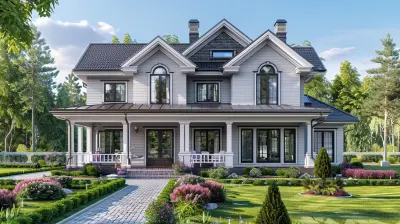
Refinancing a Reverse Mortgage: Is It Possible?
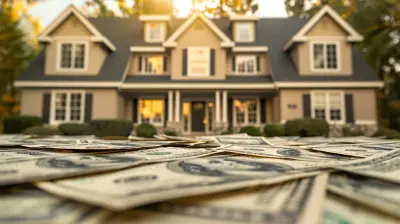
Home Flipping in a Buyer’s Market: Is It Right for You?

The Role of Location Analytics in Commercial Property Decisions

Country Living: How to Find a Rural Property with Character

The Benefits of Green Building Practices in Multifamily Real Estate

Common Mistakes to Avoid in Real Estate Photography

Creating Community: How Suburbs Are Shaping the Future of Real Estate
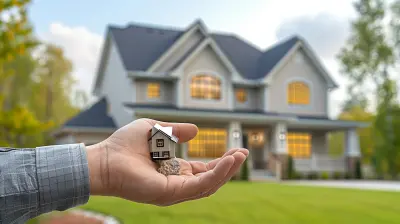
The Role of Inventory in Shaping a Buyer’s Market
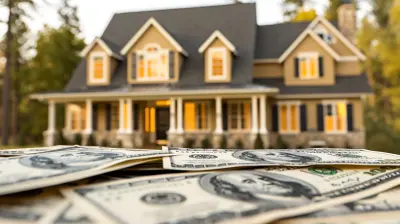
Debunking Common Myths About the Buyer’s Market

What to Expect During the Closing Process as a Seller

The Hidden Gems of Countryside Living: Discover Rural Real Estate

How to Find Value in Underperforming Commercial Properties